Big cats, often referred to as the majestic creatures of the animal kingdom, captivate our hearts with their grace, strength, and mysterious allure. This group of felids has evolved unique features that set them apart from other animals in the wild. This article delves into these distinctive attributes to uncover what makes big cats such fascinating beings.
The Definition of Big Cats
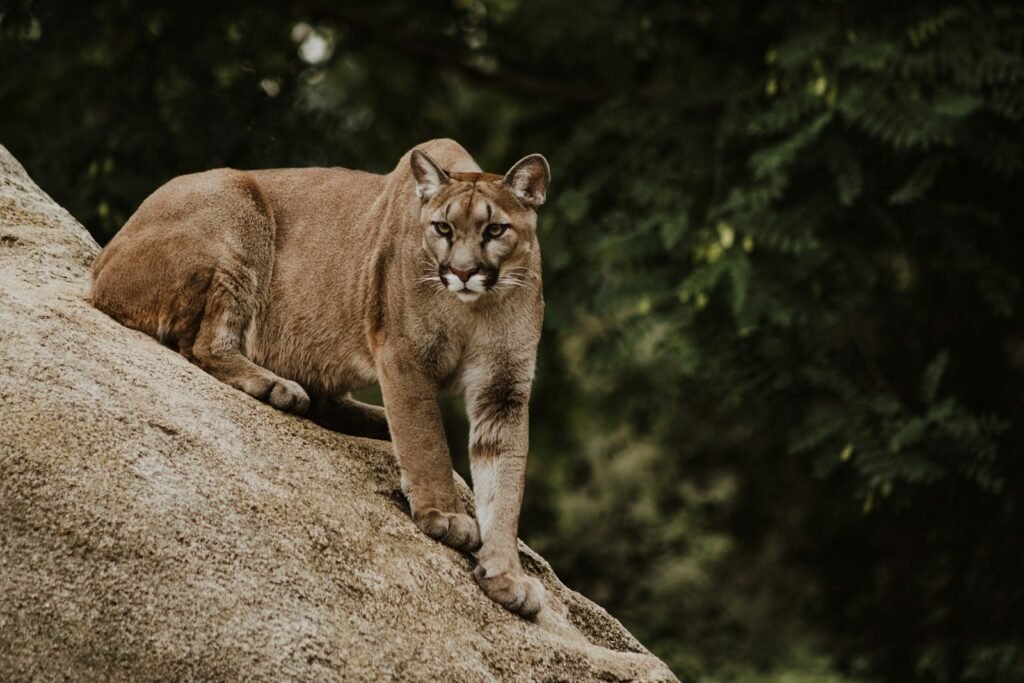
In the realm of wildlife, big cats typically refer to the members of the Panthera genus, including lions, tigers, leopards, and jaguars. Additionally, the cheetah, puma, and snow leopard are considered part of this group due to their size and ecological roles. Each of these species exhibits traits and adaptations that make them formidable predators and icons of nature.
Magnificent Roars: The Unique Voice Box
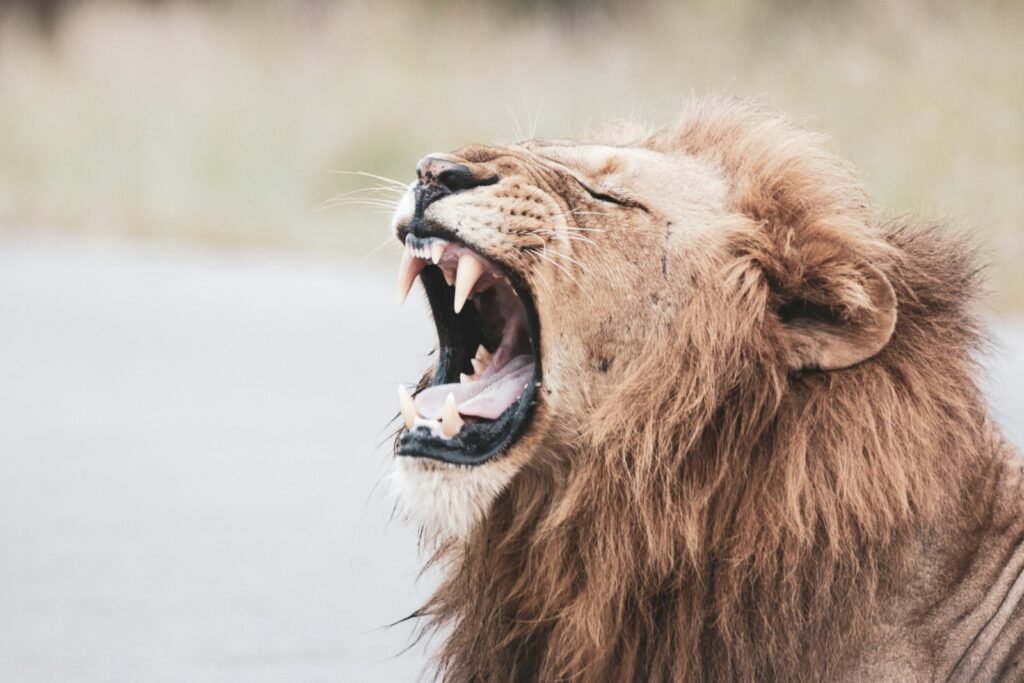
One standout feature that sets big cats like lions, tigers, and leopards apart from smaller felines is their ability to roar. This capability is facilitated by a specialized voice box or larynx and the presence of a flexible segment of their hyoid bone. The roar serves various purposes, such as marking territory, signaling distress, or coordinating group movements.
Powerful Musculature and Athletic Abilities
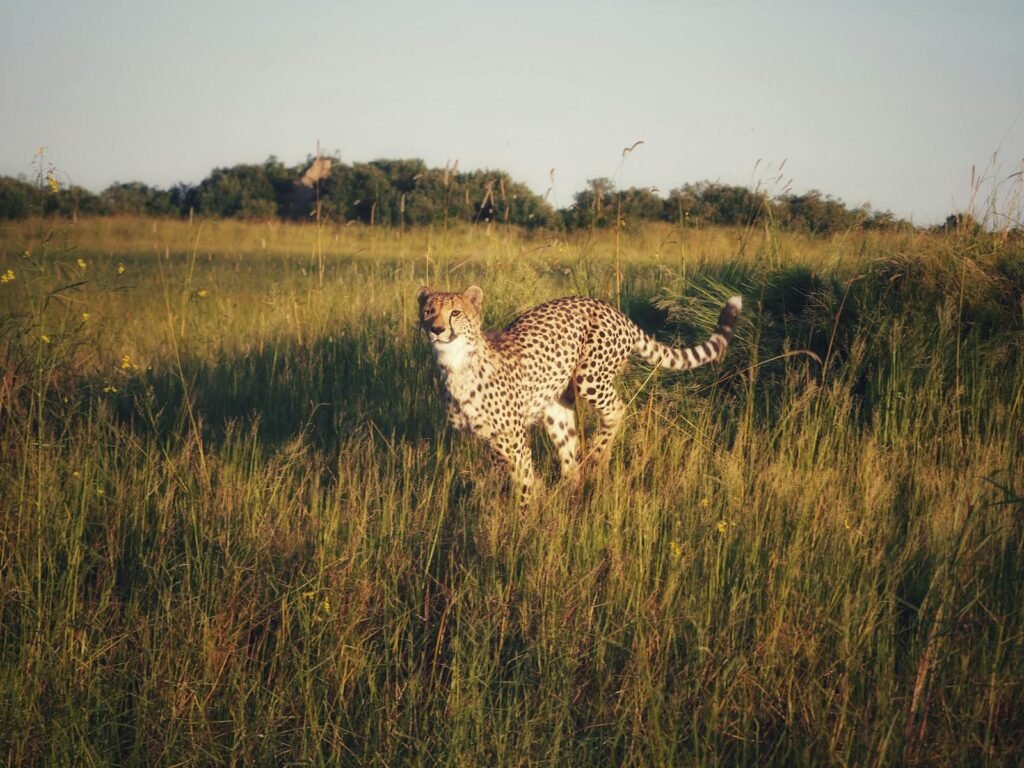
Big cats are renowned for their impressive musculature, which allows them to perform feats of strength and agility. This muscular build aids in jumping, sprinting, and taking down prey with powerful swipes or crushing bites. Cheetahs, for instance, are the fastest land animals, capable of reaching speeds up to 75 mph, thanks to their streamlined bodies and powerful legs.
The Art of Camouflage
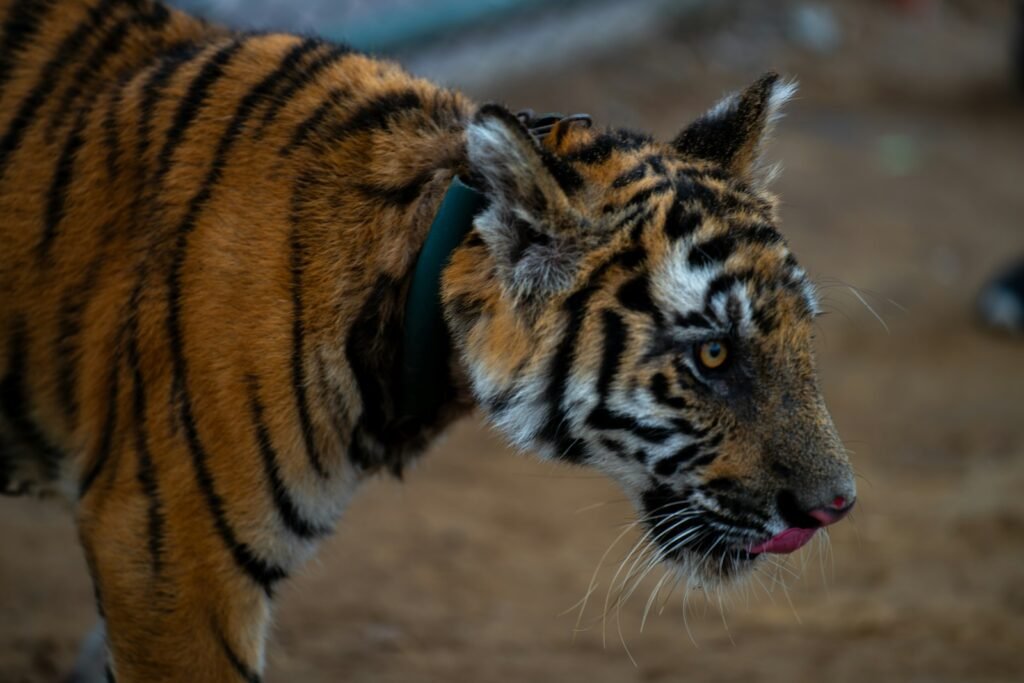
Camouflage is a crucial survival tool for big cats, enabling them to stealthily approach prey or avoid detection from potential threats. The distinctive patterns of spots, stripes, and colors vary across species and habitats. Tigers, with their bold stripes, blend seamlessly into the tall grasses of the jungle, while leopards use their spots to virtually disappear among the dappled foliage.
Keen Senses for Hunting
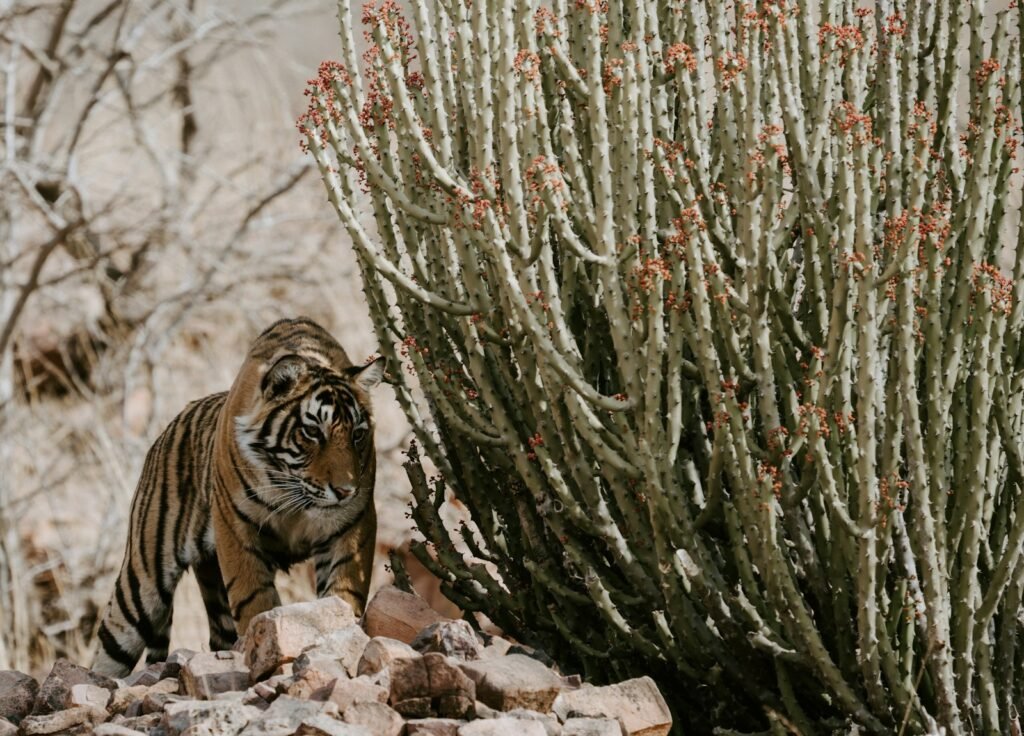
Big cats possess highly evolved senses that give them an edge in hunting. Their vision is particularly acute in low light, owing to a higher number of rod cells in the retina. This makes them adept at night hunting. Moreover, their hearing is tuned to detect high-frequency sounds, and their sense of smell is highly developed, aiding in tracking prey over considerable distances.
The Social Dynamics of Big Cats
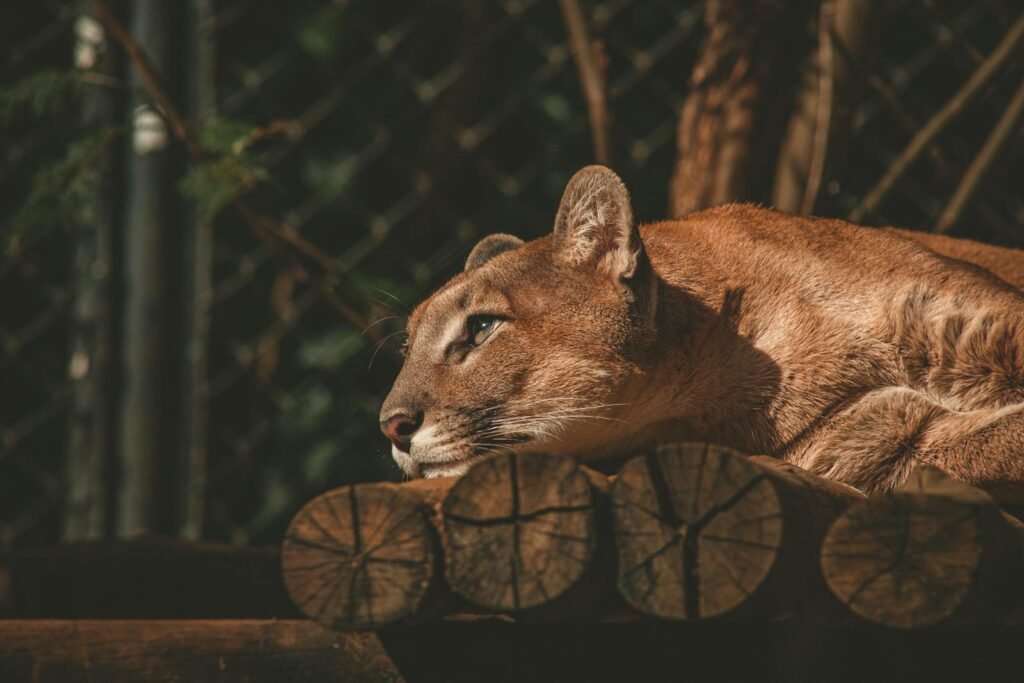
While many believe that all big cats are solitary, social dynamics within this group vary significantly. Lions, for instance, are unique in their social structure, living in groups known as prides. This social organization allows lions to hunt cooperatively, care for the young collectively, and defend their territories more effectively. In contrast, species like tigers and leopards tend to lead solitary lives.
Reproductive and Parenting Strategies
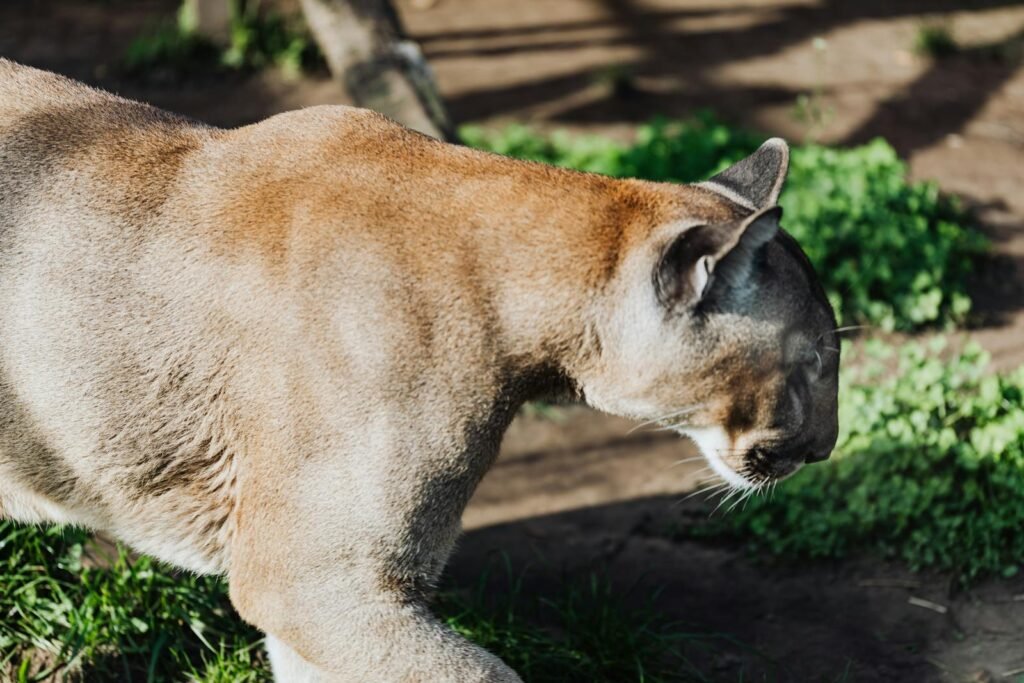
A characteristic feature of big cats is their varied reproductive and parenting strategies. Females raise their young in secretive dens until they are strong enough to follow and learn through observation. This period of learning and dependency varies with species, but it underscores the critical investments parents make to ensure survival and successful independence of their offspring.
Threats and Conservation Efforts
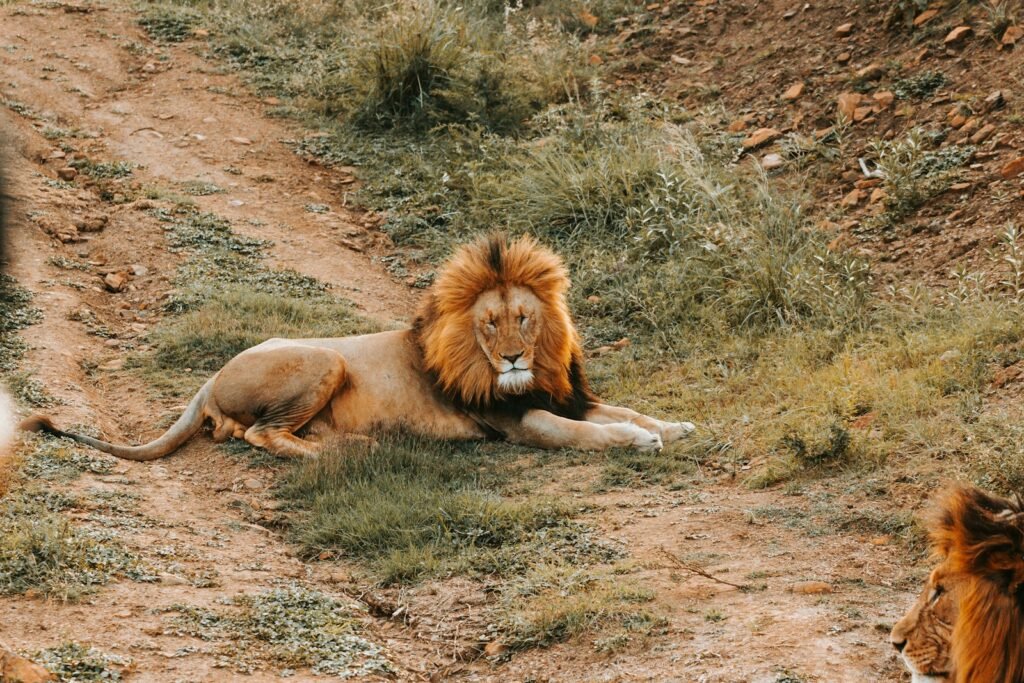
Despite their top predator status, big cats face numerous threats from human activities such as habitat loss, poaching, and conflict with human populations. Conservation efforts are crucial to maintaining their populations, involving habitat preservation, anti-poaching measures, and community engagement initiatives to promote coexistence between humans and these magnificent creatures.
Big Cats in Culture and Mythology
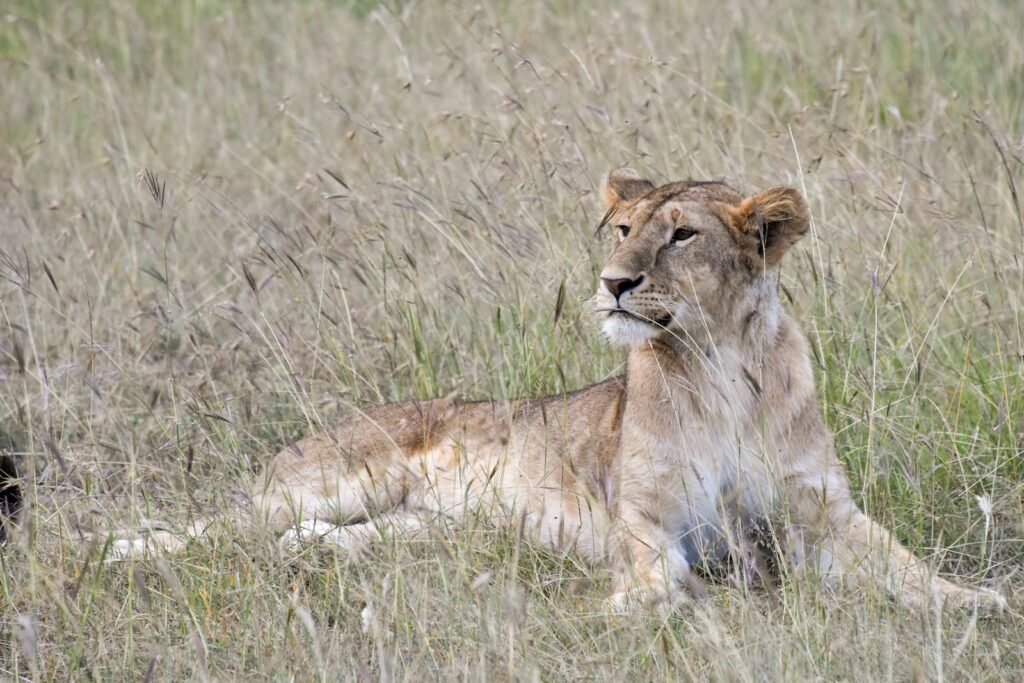
Throughout history, big cats have been revered in various cultures, symbolizing power, spirituality, and ferocity. Their likenesses have adorned flags, emblems, and art, embodying the virtues and fears of different societies. This cultural significance often plays a role in conservation messaging and awareness campaigns, highlighting their importance beyond just biological entities.
Conclusion: The Legacy of Majestic Predators
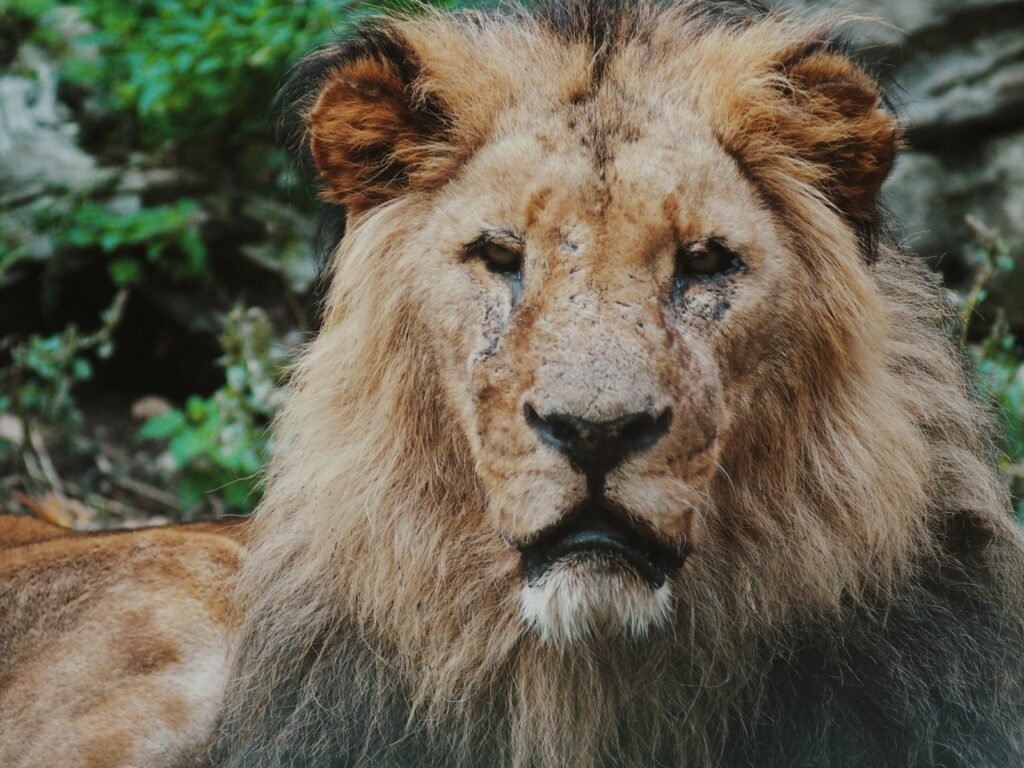
Big cats continue to intrigue and inspire awe across the globe. Their unique adaptations and roles in ecosystems underscore their importance and vulnerability. As flagship species, they help drive conservation efforts that benefit a myriad of other organisms sharing their habitats. Understanding and protecting these extraordinary animals is crucial for the health of entire ecosystems and the natural world we cherish.
Hi, I’m Bola, a passionate writer and creative strategist with a knack for crafting compelling content that educates, inspires, and connects. Over the years, I’ve honed my skills across various writing fields, including content creation, copywriting, online course development, and video scriptwriting.
When I’m not at my desk, you’ll find me exploring new ideas, reading books, or brainstorming creative ways to solve challenges. I believe that words have the power to transform, and I’m here to help you leverage that power for success.
Thanks for stopping by, Keep coming to this website to checkout new articles form me. You’d always love it!






